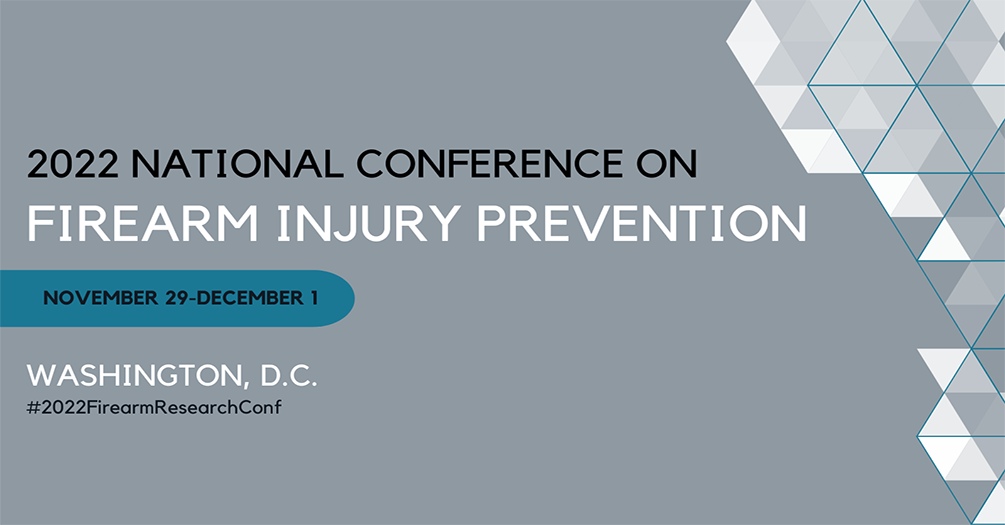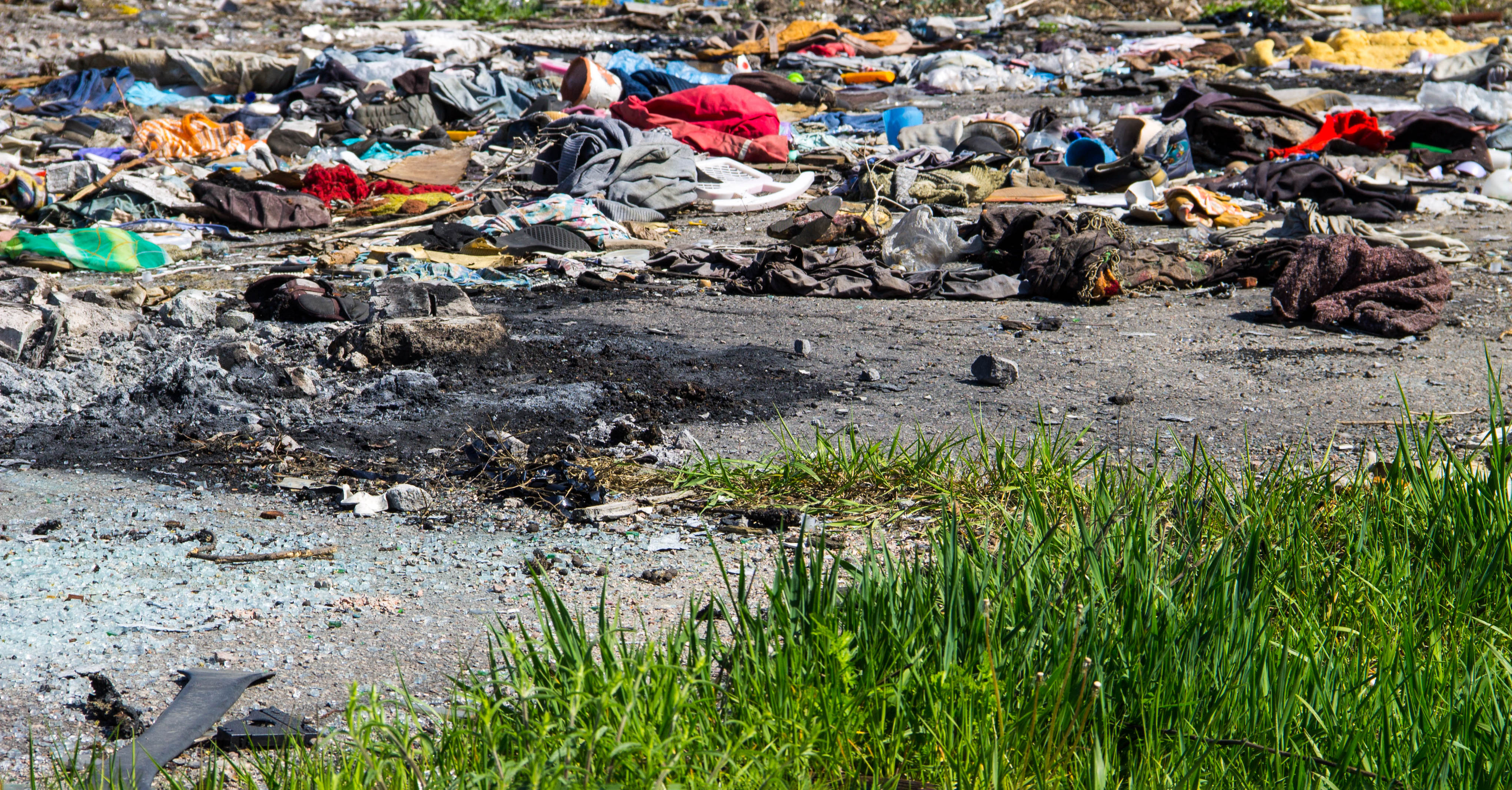
How The Supreme Court's Next Gun Ruling Could Impact Mass Shootings
April Zeoli quoted in the Huffington Post
April Zeoli, associate professor of Health Management and Policy, discusses her research that focuses on domestic violence-related firearm restrictions.





